WEST VIC REGION





Jo, Anna, Leah and Bryan Dickson in the dairy at Emu Banks Holstein and Jerseys. Bryan says the secrets to their breeding success are facts and figures. PAGE 8
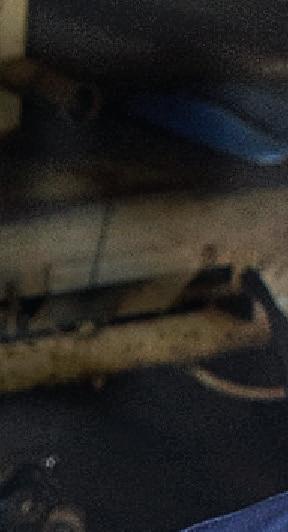

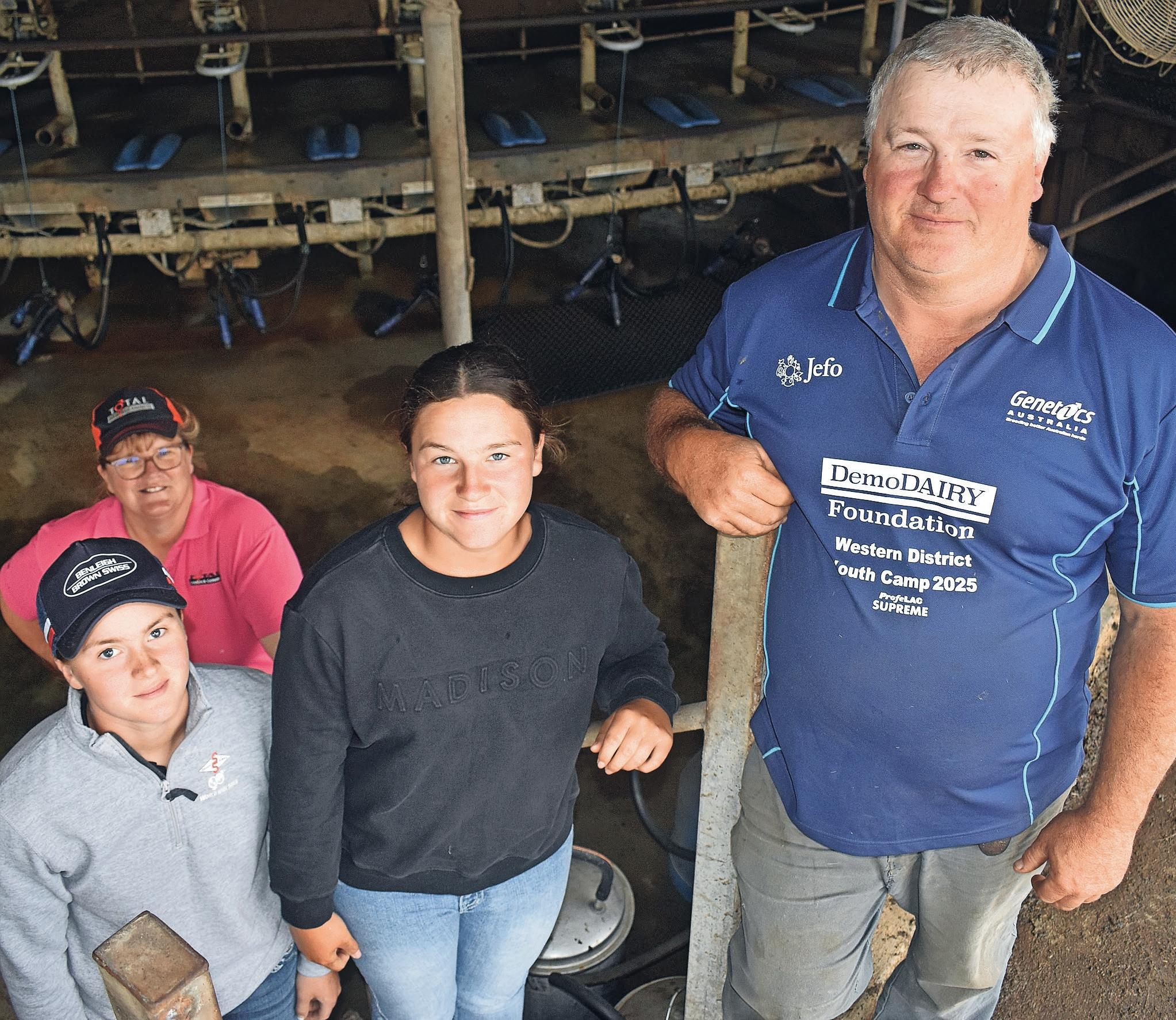
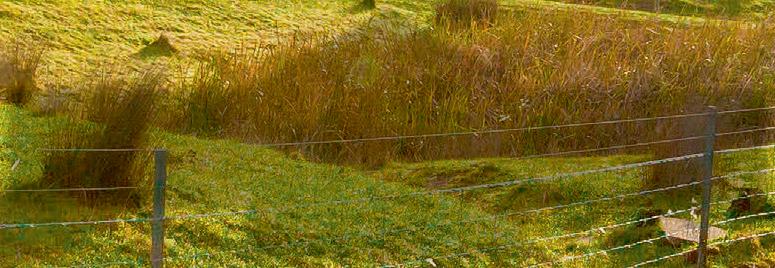
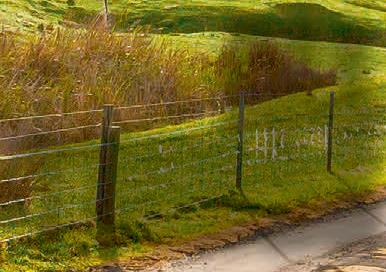
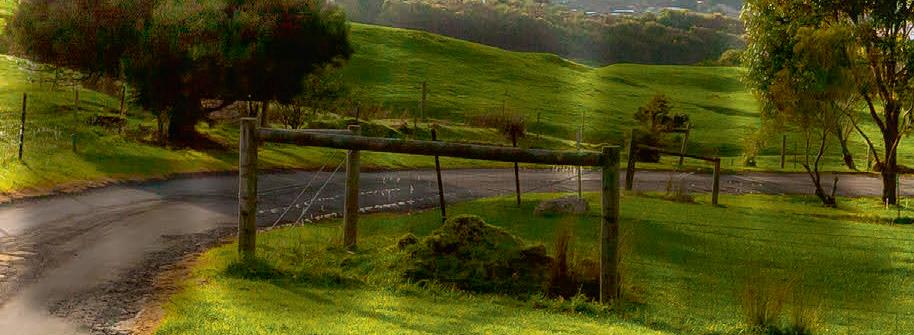

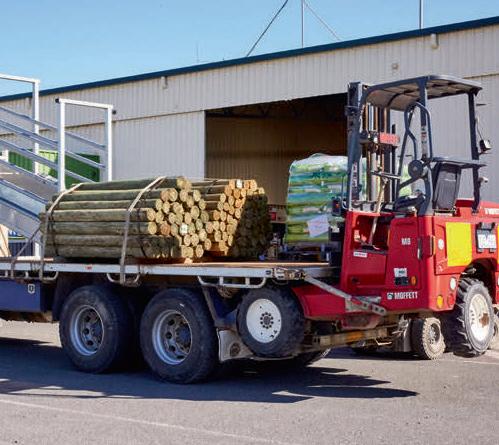
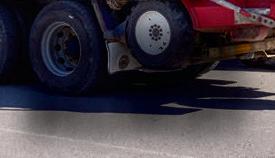
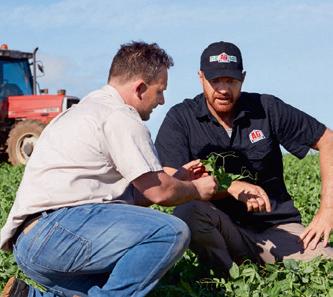



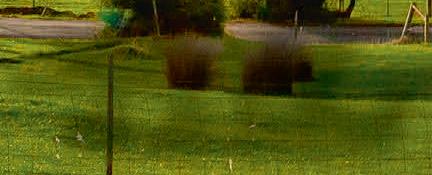

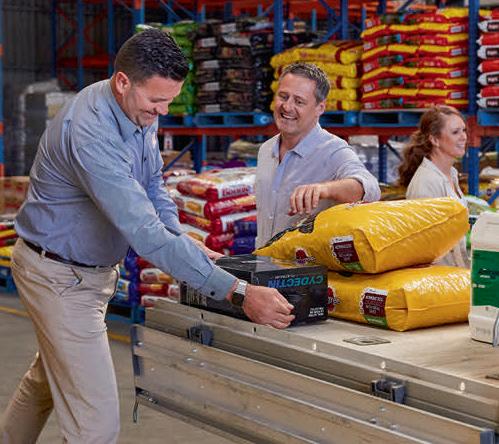
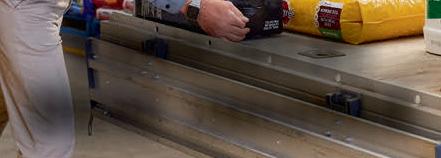

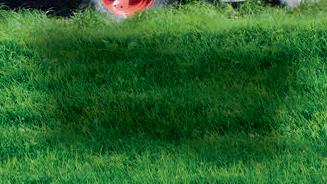
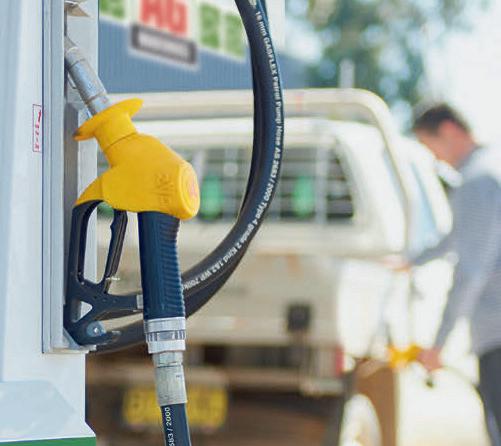





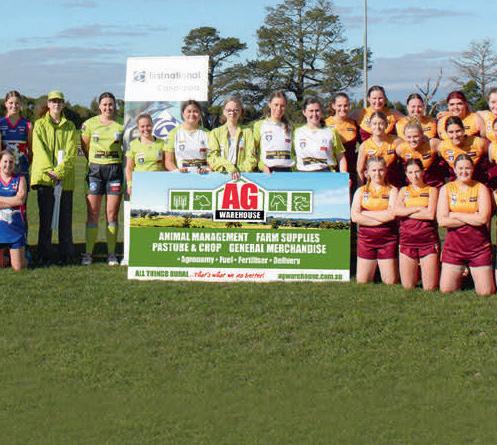

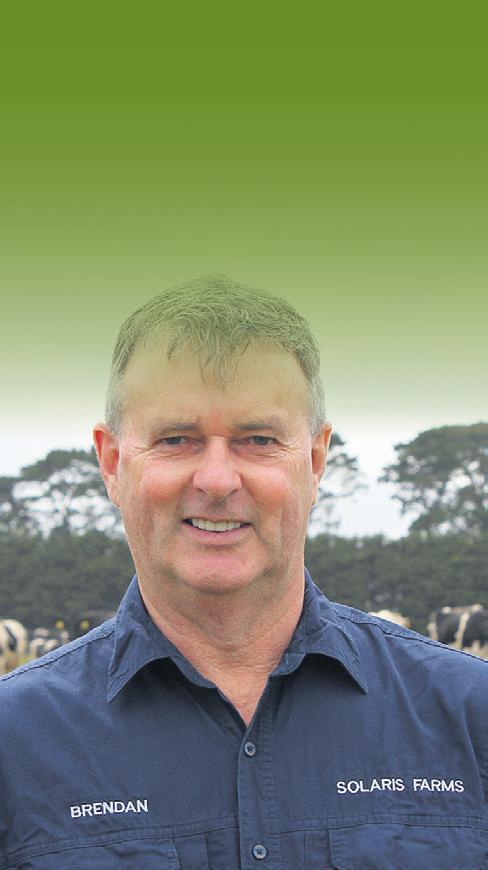



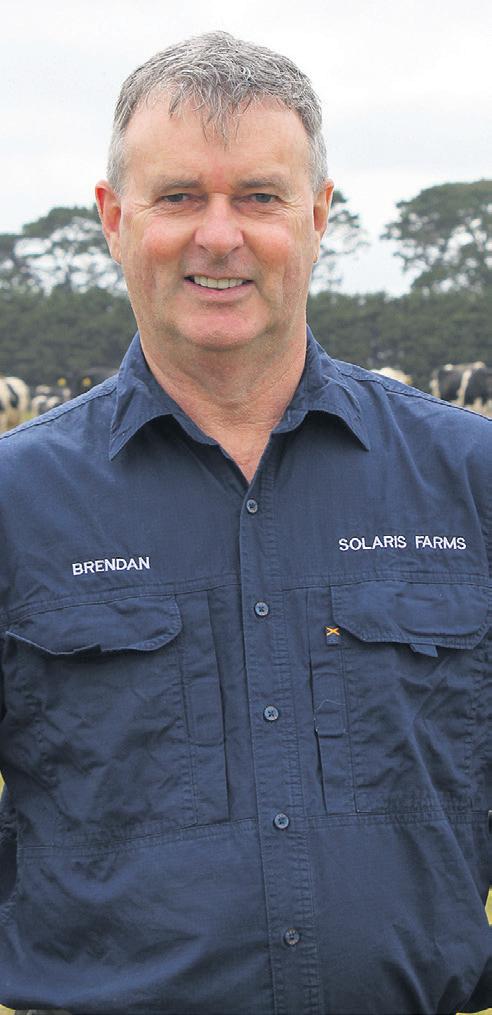
BY BRENDAN REA
I HOPE you had a nice holiday period with those dearest to you, and you were able to enjoy a bit of a break.
With the new year well and truly under way, the WestVic Dairy team is already busy, committed to turning the strategic plan and annual operating plan into reality for the remainder of the financial year.
WestVic Dairy’s efforts are steered by valuable insights from our farming community, with a particular focus on navigating the challenges of the current dry conditions.
I, like most, am starting to assess what pasture renovation will be required on my farm and reviewing feed requirements for the autumn.
To support farmers with pasture and feed management decisions, WestVic Dairy will host three Review and Renew workshops across the region — in the east, central and west — to discuss strategies for bridging feed gaps and sustaining milk production through the autumn and winter months.
These workshops will be held in February and provide an opportunity to hear from experts and discuss autumn feed and fertiliser selections with other farmers, ensuring you can choose the best options for your farm’s profitability.
This will be followed up later in autumn with the ever-popular Feeding Pastures for Profit course.
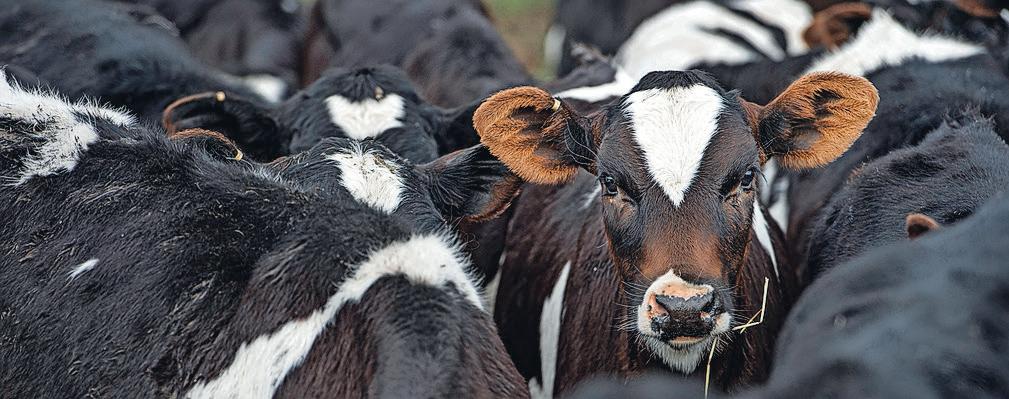
With calving under way at my own farm, I plan to have some of my team attend the Rearing Healthy Calves workshops being held in the region.
Delivered by WestVic Dairy extension adviser Debbie Twiss, attendees leave the workshops with knowledge and skills they can apply to rear calves from birth to weaning.
I will be attending Grounds for Growth in March and hope to see some of you there.
This Australian soil and pasture biodiversity event hosted by Dairy Australia is a first.
Grounds for Growth will feature an impressive line-up of local and international speakers.
I will be attending to gain insights from experts into understanding soil health and pasture management options for my farming system.
As always you can find out about upcoming events in the region and sign up to receive a
fortnightly newsletter at westvicdairy.com.au
There has already been lots of events and workshops available in the region, and as you can see there are more to come.
The WestVic Dairy team is committed to supporting the region’s farmers, driven by a shared purpose to help you succeed.
We are here to listen and collaborate, ensuring you receive the support necessary for achieving profitable and sustainable outcomes.
Please feel free to reach out to any of the WestVic Dairy team or board. You can email the office at info@westvicdairy.com.au or call the office on 5557 1000.
Your wellbeing and success are our priority.
Wishing those of you with autumn calving the best of luck! Let’s make the best of challenging circumstances and aim for a productive year.
– Brendan Rea is the WestVic Dairy chair.

The Farmlift 742 has been designed to take the hard work out of lifting and shifting on farms.
With a maximum lift capacity of 4200kg and a lift height up to 7m, the Farmlift 742 Telescopic Loader makes easy work of moving heavy loads on and off trucks, or between locations.
+ GST FROM 175,000
A NEW online trade room has opened on the Southern Rural Water Exchange, making it easier and more transparent for people in southwest Victoria to access groundwater.
The groundwater trade room has been developed by not-for-profit water broker Water Partners in partnership with Southern Rural Water and is now open to licensed groundwater customers in south-west Victoria for temporary or permanent trade.
It helps existing groundwater licence holders to buy and sell in the following Groundwater Management Areas or Water Supply Protection Areas:
South West Limestone Groundwater Management Area.
Portland Groundwater Management Area. Condah Water Supply Protection Area. Newlingrook Groundwater
Management Area.
Paaratte Groundwater Management Area.
Warrion Water Supply Protection Area.
Colongulac Groundwater Management Area.
Glenormiston Groundwater Management Area.
These areas have capped groundwater entitlement volumes to protect the resource.
Trade is the main way users gain access to groundwater and the new trade room makes it easier for buyers and sellers in these areas to apply for trade.
The trade room will be expanded to more groundwater customers in the future.
You can access the online trading room at the Southern Rural Water Exchange via www.srwexchange.waterpartners.org.au or contact the team at Water Partners on 5853 2333 for further information.
Rachel Dickson grew up surrounded by one of the top herds in Australia, but it wasn’t until she took a gap year and worked on the family farm that she came to appreciate cows.
Now Rachel is pursuing a career in veterinary science that will see her help to keep cows, along with other animals, safe and well.
Her studies are being supported by a DemoDAIRY Foundation scholarship.
Rachel’s parents Bryan and Jo Dickson’s Holstein and Jersey herds have been at or near the top of the Australian Breeding Values for many years.
She had always appreciated the need to maintain a healthy herd, but that fact was reinforced during her 2020 gap year.
“I finished Year 12 not knowing what to do with myself,” she said.
“I didn’t necessarily think I was going to become a vet, but I’m a real nerd and I like science.”
Rachel had planned to work on a farm in England across 2020, but that only lasted two months before the pandemic intervened, and she had to return home.
“Everything works out for a reason,” she said.
“I came back and worked full-time on the home dairy farm because I couldn’t work anywhere else.
“It didn’t feel like a job. I was happy working with the cows and realised I wanted to work with animals in some capacity.”
Rachel could have done pharmacy or chemical engineering, but ended up going to the University of Melbourne to do a Bachelor of Science.
“In that course I could pick and choose subjects in different areas without locking into one track,” she said.
“I loved learning about the cows and their biomechanics. I understood it and enjoying learning about it.
In 2023, Rachel graduated with a Bachelor of Science majoring in animal health and disease at the University of Melbourne and is about to start studying veterinary medicine at the University of Sydney after managing a farm at Terang over summer.
“When I started my undergrad in 2021, I started dipping into foundational animal health subjects and it really interested me,” she said.
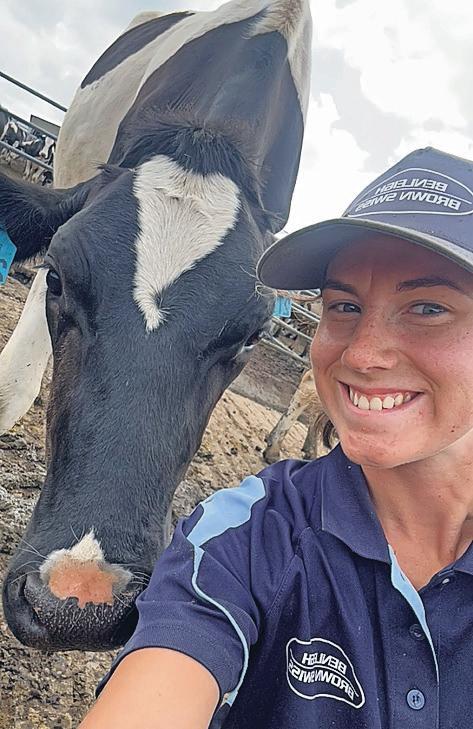
“It’s something that was always there. I started showing cows when I was about 12, and I’ve been comfortable around animals all my life, but I didn’t even have vet as any of my options when I finished VCE.
“Taking the gap year helped me to figure out what I like and didn’t like.”
Rachel wants to be a mixed practice vet to include farm animals.
The DemoDAIRY Foundation scholarship will provide $6000 a year for the next four years of Rachel’s course, which will primarily cover rent and some supplies for her course.
After graduating, Rachel plans to work overseas, but has long-term plans to return to Western Victoria.
“I’ve travelled quite a bit, but that makes you realise how Warrnambool, Terang and the Western District are such great places to live,” she said.
DemoDAIRY Foundation is keen to sponsor more people in the farming industry. For more information, visit https:// www.demodairy.com.au/scholarships/ or contact DDF secretary Ian Teese on 0427 358 987 or itag@ bigpond.com

FARMERS from across Victoria’s south-west gathered at the Warrnambool Golf Club to celebrate the industry while raising money for the local charity, Neil Porter Legacy Foundation.
The annual Dairy Farmers’ Ball was held on Saturday, November 30 and Purnim dairy farmer Renee Mugavin won the raffle prize –a trip to the Netherlands, courtesy of sponsor Lely.
This will see Renee fly to Amsterdam next year to spend a week in the Netherlands with an incredible itinerary that includes farm visits and a behind-the-scenes tour of Lely Headquarters.
Renee was thrilled when she heard her name called out of the raffle draw.
“I did not think I would win at all. I thought I’d get three raffle tickets to support a good charity, and was so excited when my name was called,” she said.
“I’m going to see things I’ve never seen before on the other side of the world.
“On the farm where I work, we don’t have robots – so I can’t wait to see the Lely machines.
“I also can’t wait to see how things are done in the Netherlands and the farming systems they have there. I’ve never been overseas and I’m so excited.”
Renee works on a dairy farm in Purnim and
has been there for nearly six years.
“I decided to make dairy farming my career because I’m passionate about it and it’s the best thing I’ve ever done. It’s so much fun and I just love it.
“That’s why it’s so great I’ve won on a night where we are supporting the Neil Porter Legacy Foundation.”
The foundation champions career education in south-west Victoria, and highlights the significance of all careers, including dairy farming.
Foundation representative Matt Porter said he was grateful for the support of WestVic Dairy and its Young Dairy Network Leadership Team.
“The foundation relies on generous community support to continue its work we’re so grateful for the donation from this event,” Mr Porter said.
“We are even more grateful for the opportunity to showcase the important work the Neil Porter Legacy Foundation does to encourage students to pursue their interests and industry of choice.”
The ball is an event initiated by the WestVic Dairy Young Dairy Network Leadership Team.
The network’s purpose is to connect, develop and support young people to excel and prosper in their dairy careers through engaging events and programs.

BY RICK BAYNE
THEY SAY it takes a village to raise a child — but what does it take to raise a new dairy farmer?
Ryan and Alysha Conlan have found that with the community behind you, even novices can succeed.
From running a building business and a small beef operation in South Gippsland, to running a dairy farm at Elingamite in southwest Victoria, Ryan and Alysha have dived in the deep end and come out smiling.
It has been a lot of hard work over the past 14 months, but they have been backed all the way and that support — along with their willingness to work hard and learn — has made the difference.
“Everyone has been there for us,” Alysha said. “We’re really chuffed with the help and support that we’ve had.”
Ryan admits dairying can be a hard industry, but it’s also profitable and enjoyable.
“It’s knowing the right people to call when something goes wrong,” he said.
“Everything you do, you learn, and we’re getting so much better.”
Ryan was raised on a sheep farm near Bendigo and Alysha on a snow pea and beef farm in South Gippsland.
Ryan did a building apprenticeship in Melbourne before moving to Gippsland and starting the building business; Alysha worked in land surveying and civil engineering for 10 years and completed an architectural building design course before working alongside Ryan in the office and raising their two children.
“We were both off farms and wanted to be farmers, but our parents steered us in different directions,” Alysha said.
“There was no opportunity for a family farm … we had to make our own way,” Ryan said.
Self-described high-risk takers, they successfully played the real estate market doing up old houses while also developing the building business, raising calves and growing a beef herd.
They planned to farm beef, but when Gippsland land prices intervened, they looked across the state.
They aimed to leave the building industry before hitting 40. Ryan was 37, Alysha 38 when they took over Elingamite in November 2023. Ryan had been doing high-end architectural builds, but farming was his real passion.
“I used to say to grandpa, once you get bitten by the bug, you can’t shake it,” he said.
“You’re your own boss and you’ve got a big chunk of land and can be as busy or not busy as you want to be.
“In a job I wouldn’t be able to take the kids to school or cook brekky for them.”
Alysha knew it would be tough, but she was prepared.
“We knew it would be hard work, but we both come from families that work hard. Ultimately, it’s a beautiful lifestyle to raise a family,” she said.
For the first seven months, Ryan and Alysha did everything themselves, but they now have a worker.
“For a start, I couldn’t employ someone because if they’d come to me with a question I wouldn’t know the answer. It was important to us that we knew our farm and system first,” Ryan said.
“It was hard because we had to learn everything,” Alysha said.
“We had the business and financial management skills, but everything about dairy was new.
“We had animal health issues we’d never had to deal with, working with the seasons, feeding the animals, but we applied ourselves and jump at the change to learn and upskill at any chance we could get.”
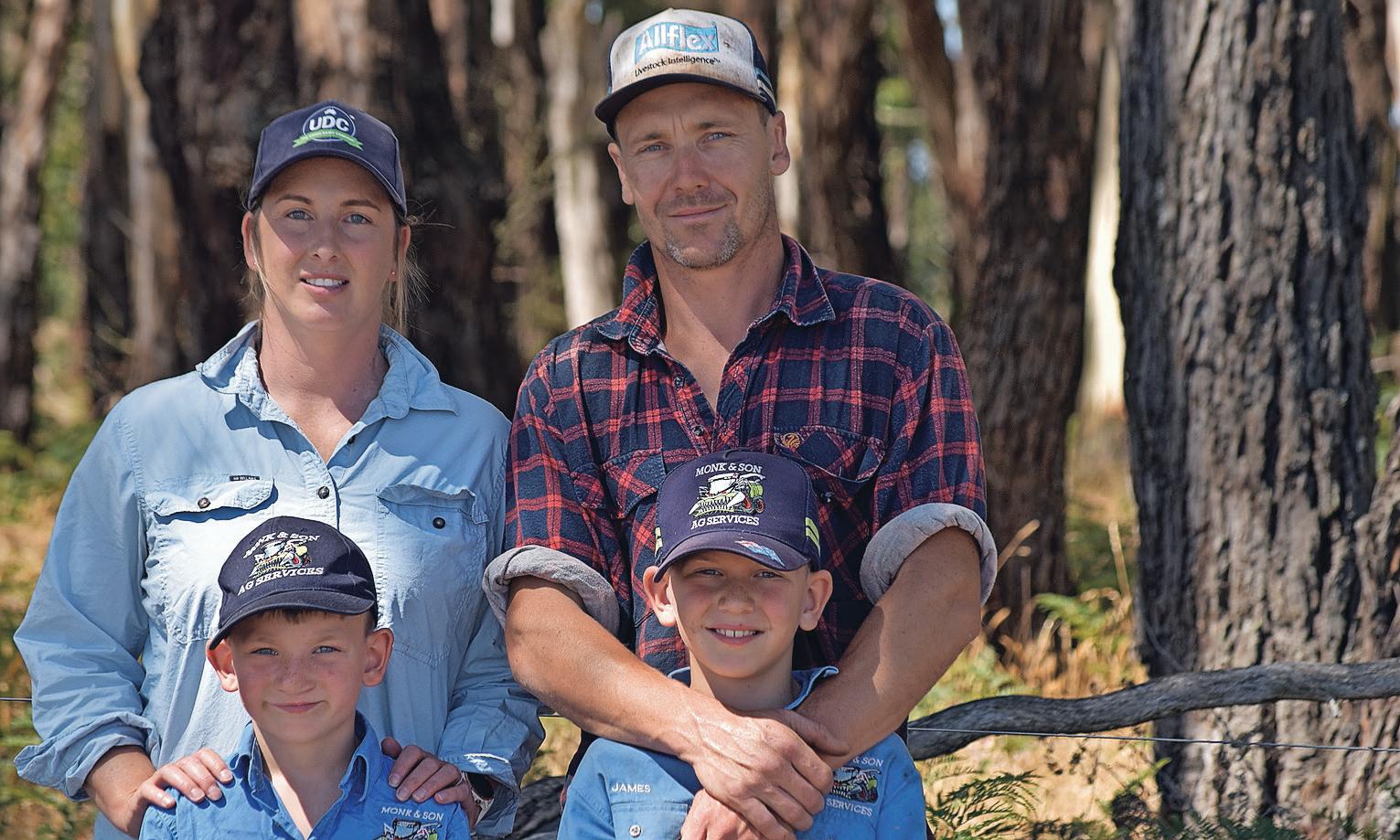
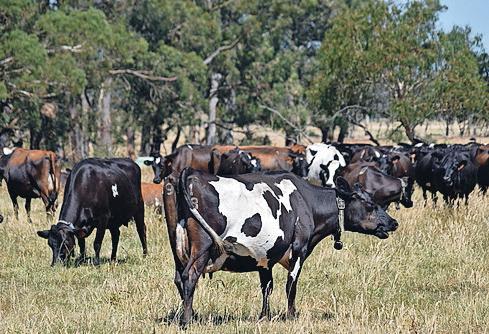
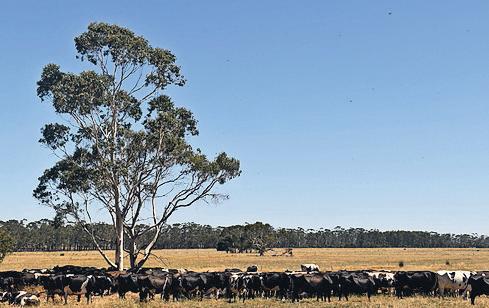
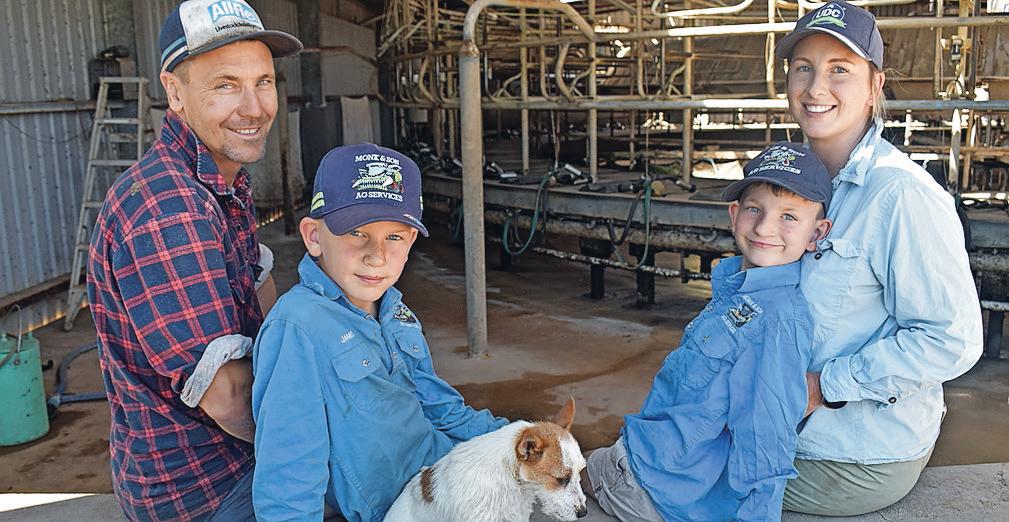
“John was there to call at any time. I called him at 5am when I couldn’t get the plant going because there was a safety switch I’d missed and it wasn’t a problem,” Ryan said.
It wasn’t just farming – he helped to set up budgets and took them through management across the year.
And that’s where the local community started to raise two new dairy farmers.
It started with the departing farmers, John and Jan Hinkley, and kept going with discussion groups, focus farms, Dairy Australia programs, vets, milk supply managers, genetics companies, agronomists and many more.
The farm covers 291ha and they milk more than 300 Kiwi crosses that came with the property.
Apart from exhaustion in the early days and helping their boys James, nine, and Lewis, seven, to settle in, animal health was the biggest challenge.
“But you’ve got help there — you just have to pick up the phone and call someone,” Alysha said.
“Within the first few days, the vets came here and gave us a full run through on everything we might come across.”
John Hinkley was already there, mentoring them into a new career.
He also showed flexibility, connected the young would-be farmers with their bank manager and kept on staff until they were ready –which only took a couple of days.
“After 12 months, we’ve got a good understanding so he’s stepped back and it’s all on us, but we catch up for a coffee, and he’s always interested to see how the cows are doing.”
Ryan and Alysha think other retiring farmers should follow John’s lead.
“Everyone is worrying about helping themselves to get out, but they should also try to help someone get in,” Ryan said.
“People need to be flexible and look at succession planning to help other farmers coming through. There would be so many young people get into it if there was more help,” Alysha said.
“It’s good to talk directly to the owners to see if there are different options.
“We both put a lot on the table, but it turned out to be a perfect relationship between the seller and buyer.”
They also believe government support such was stamp duty reductions which apply for farmers aged 35 or younger could be extended.
“We worked our guts out and got here as quickly as we could, but we didn’t get any help,” Alysha said.
“That stamp duty reduction is helping generational farmers, not a newcomer.”
Now they are looking ahead with confidence.
The Kiwi cross cows suit the land and are providing good fat and protein and high fertility.
Their first calving season was a big learning curve as was joining, but they emerged with a 92 per cent in-calf rate with their first lot of heifers, impressing their vets.
“The main thing is that we’re paying attention and applying ourselves and when there’s something we don’t know, we ask the questions,” Alysha said.
They are developing a consistent mid-size herd that suits the 50-unit rotary dairy, doesn’t pug the land in winter and has sufficient teat length.
They aim to gradually increase production, but not at the expense of profit and are looking for “one-percenters” to make improvements.
“We started doing chopped silage last year, and we probably got 40-50 extra solids from feeding that silage right through, along with different crops,” Ryan said.
“With the crops, we did better with rape and chicory, with a few turnips and white clover in the mix.”
They are using technology to help with time management.
Collars have been added and the Easy Dairy draft system is being installed.
“We look at anything that is labour-saving or money making,” Alysha said.
Ryan and Alysha hope their story inspires others to consider a career in dairy.
They have been sharing their story on their @westline.dairy Instagram account.
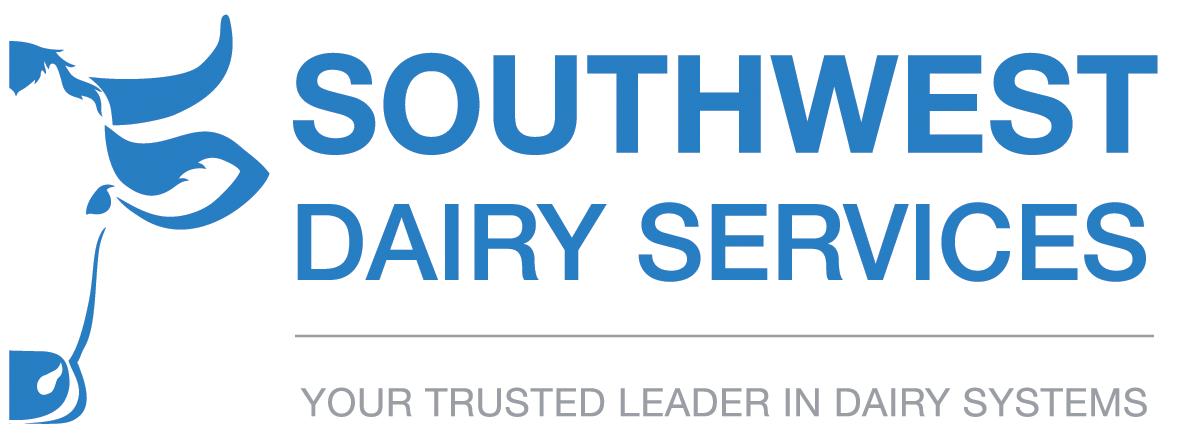
NOT
“Best decision I’ve made since taking over the farm was going with SWDS. Damian and his team are a powerhouse and worked with our small timeframe to get the job done even better than I could have expected”
“Our upgrade made our goal of moving to a one person shed a reality. The Waikato gear is fantastic and makes milking easy with its functionality and reliability. The best part about SWDS is when you do run out or break something, they are always just around the corner and can get you going again straight away”
“We have built three dairies on different farms now with SWDS and Waikato. Damian doesn’t make a promise he can’t deliver. His honestly and open communication made the design and build process stress free, there were no hidden extras and his team have done a superb installation every time”
“We built with SWDS in 2019 and our dairy is an absolute dream”
“The new dairy is exactly what I expected from SWDS. It’s perfect”
“SWDS are complete professionals. The dairy is going great”
“After looking at other dairy builds, we were con dent to go with SWDS and they have not disappointed. They were great to deal with, we really like the Waikato gear as it’s both reliable and easy to operate. We can highly recommend Damian and his team for any dairy build”
To chat about your new dairy, give us a call 1300 00 SWDS
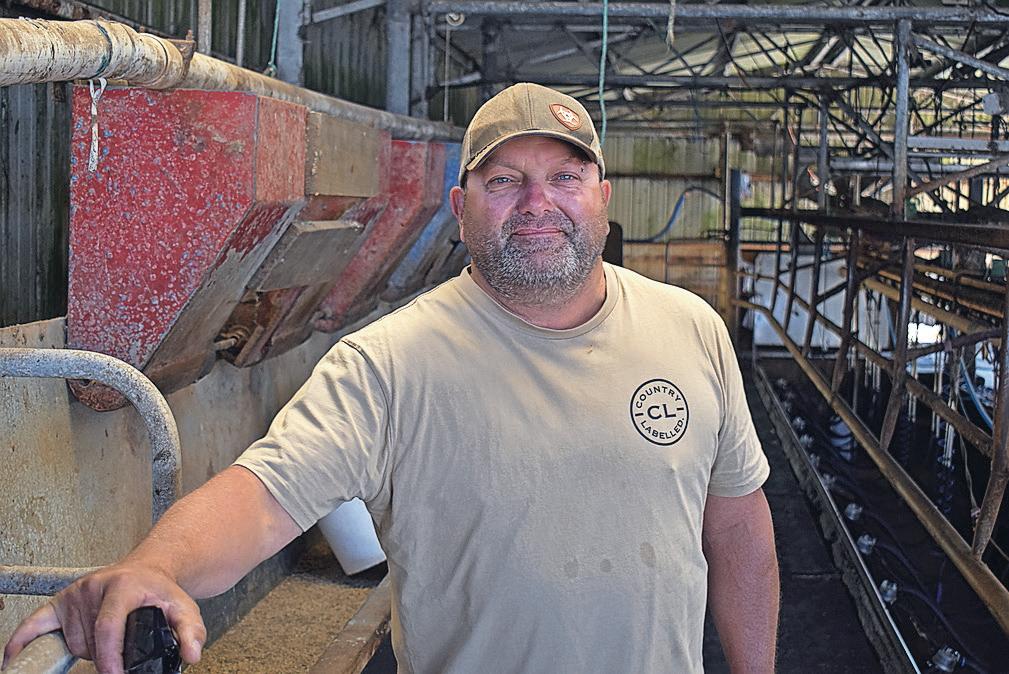
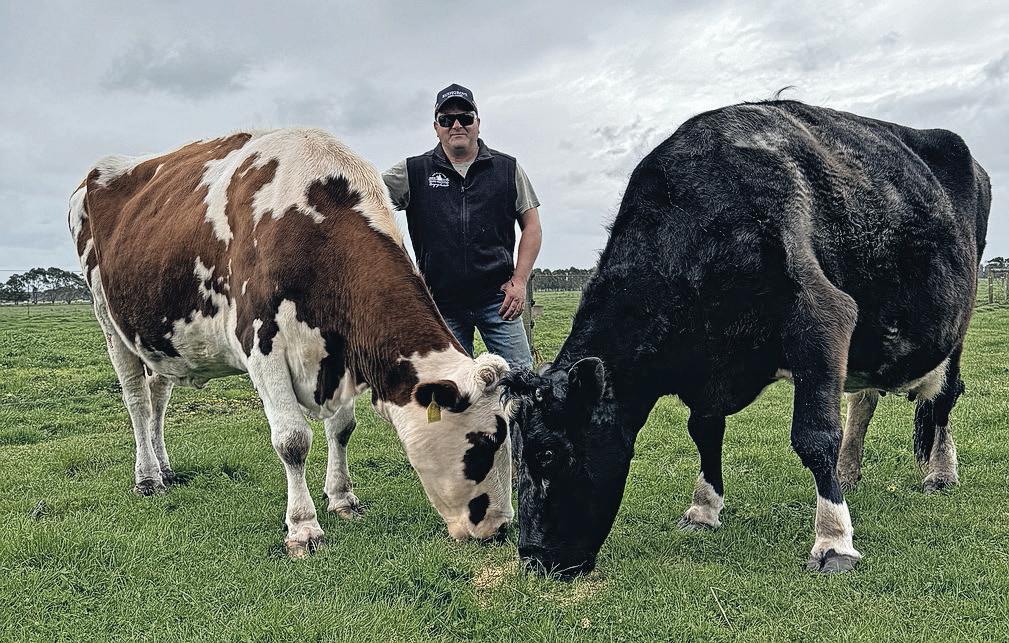
BY RICK BAYNE
IN 2000, Brett Cirillo sold most of his cows, but within two years, he’d fired up the old dairy and was back in the industry.
In October 2024, he again sold most of his cows, but this time his family’s Bungador farm is also on the market.
As he nears 50, the third-generation farmer isn’t expecting a third incarnation of his farming career.
Brett is going out on top, having been named a Holstein Australia Master Breeder earlier in the year, but a dip in milk price and predictions of a tough season proved to be a breaking point.
“I’m turning 50 in 2025. A few years ago, I was almost in a financial hole but got myself out of it. When the milk price came out 12 cents lower, I said it was time to sell,” he said.
“I didn’t really want to sell my cows, but I couldn’t see the point in keeping going and didn’t want to risk going into another hole.”
The farm had been operating under a family partnership with his parents Tony and Joy. Brett needed a break from the industry in 2000, but it didn’t take him long to return.
He had kept 15 cows on friends’ farms and resumed milking with them, before quickly expanding with 70 cows from another herd.
When some of his heifers started calving, and he bought another 100 cows, he was soon leasing a farm with a herd pushing 400.
“Having staff and being big wasn’t what I wanted to be, so I came back here and restarted the dairy, with Dad milking in the mornings and me at night,” Brett said.
That routine continued until the shutdown on November 9.
“We never had any staff except for relief milkers twice when my sisters got married. Back in the day, I wouldn’t go anywhere because I didn’t like anyone milking my cows,” he said.
When the original herd was sold, most were under his parents’ Bramlewen stud, but Brett had started his own Ambrewlea stud in the late 1990s.
He built up a “motley crew” to get back in the game, but soon focused on a pure Holstein herd.
“When Dad started in 1979, he had a Jersey herd, but the farm had one tree, a windmill and 220 acres in one paddock,” Brett said.
“It was cold and wet and he thought Jerseys weren’t tough enough. That’s when we went black and white.”
While he was a bit shocked to be named a master breeder, especially after the interruption between 2000-02, Brett had an early

interest in breeding and a keen eye for a good cow and bull.
“When I was young, I liked a certain type of cow, and I don’t think that ever changed,” he said.
“I wanted them big, square, capacious and strong.”
He appreciated the value of classified and registered cows, but wasn’t one to follow trends or new technologies.
“I was happy doing my own thing and never really changed my breeding habits,” Brett said.
“If anything, I went more home-bred and less bought-in. Because I was big on temperament, the cattle from my own bulls were so much quieter … I knew what I was going to get.
His main aim was to breed cows that produced well, lasted a long time and were quiet and easy to manage, with the overriding focus summed up by the sign on his gate — Bred to Last.
“I wanted good cows that lived a long time,” Brett said, reflecting his dislike of disruptive cows and needing to bring in large groups of heifer replacements.
“In general, I don’t like heifers because I don’t like bad temperament.
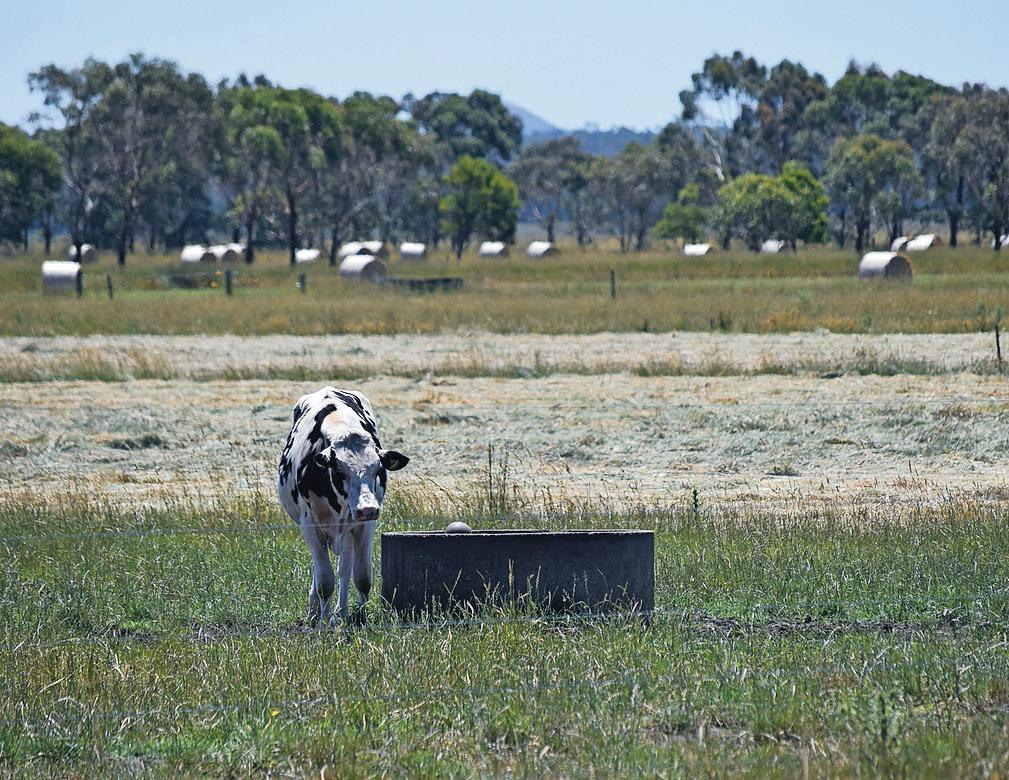
“Anything that raised my blood pressure in the dairy, got sold. I can’t stand cows that fidget or kick in the dairy.”
The focus on mild-mannered, long-living cows worked with two of the remaining cows on his property aged 21 and 20.
Brett was never influenced by new technologies, steering clear of genomics, not worrying about high BPIs and sticking with bulls out of proven cows.
“I’m very traditional and never budge,” he said.
“I’ve always looked at the bull’s mother, and if I didn’t like her, I didn’t use the bull. Unless she was a high type cow with good production, I wasn’t interested.”
He was always interested in pedigree cows, as was his father, who saw the benefits of good, registered cattle.
The most successful family in his herd, the Rose family, came into play after Tony swapped two lesser cows for a pedigree Rose cow.
“Pedigree cows have always been worth more money because of the traceability,” Brett said.
“You can buy a beautiful looking cow, but her
mum might be a donkey, and donkeys breed donkeys.”
The dairy was turned off on November 9 — he now calls it the “ghost dairy” — and at the time of writing the land is still on the market.
“I had the farm going the best it had been with a new feed pad and improved tracks, but I decided it was time,” Brett said.
He remains unsure about his next plans.
“I have no interest in relief milking; I liked milking my cows, not others. I’m hoping to buy a small farm for chickens and horses and continue a small beef operation,” he said.
He retains some cows on the farm and others being milked by friends, but Brett doubts he’ll make another comeback to dairying.
But he leaves on a high note with a solid sale of cows, with the vast majority selling despite many being quite senior, and the Holstein Australia Master Breeder title.
“That’s definitely a career highlight, especially to do it straight up after selling the herd and starting again,” he said.
“It would have been horrible to miss by a year because I’d sold the cows.”
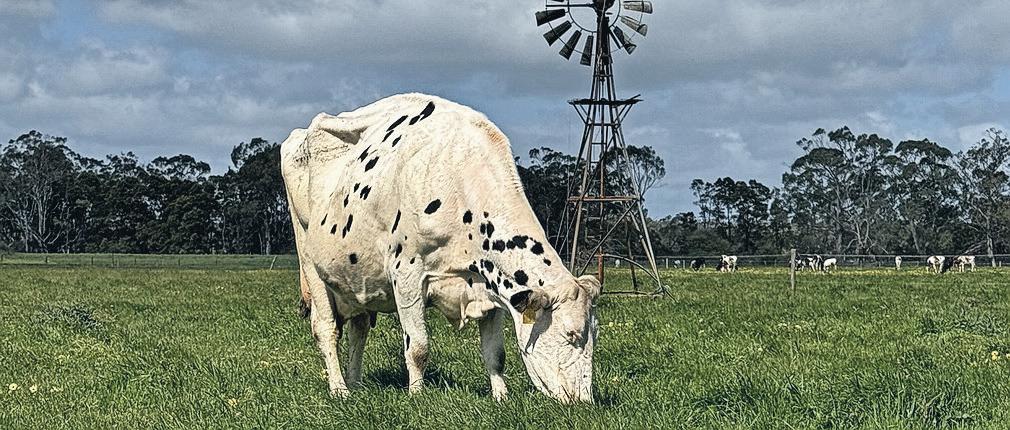
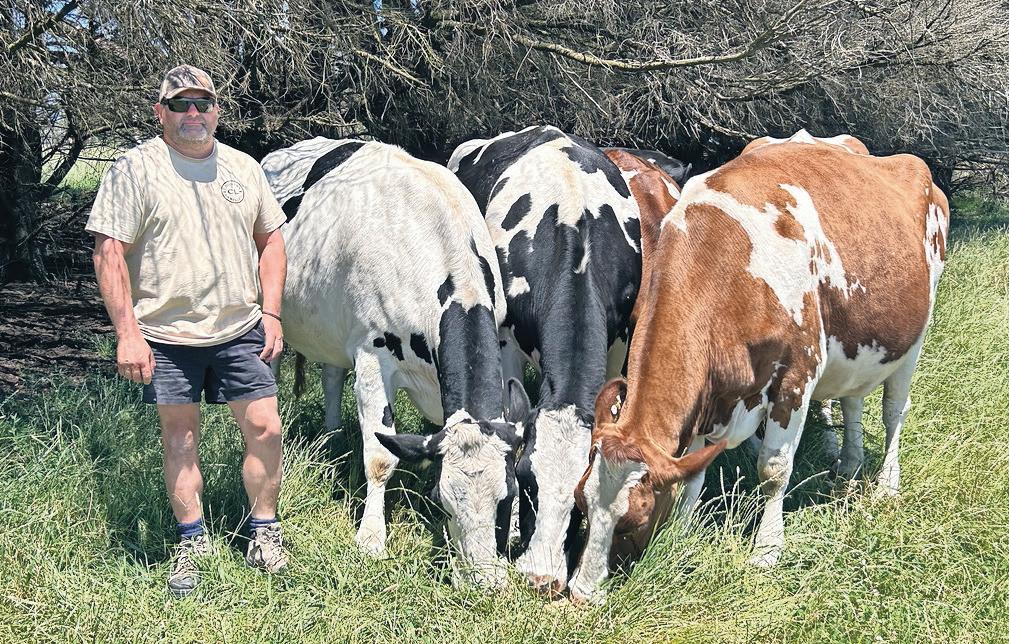
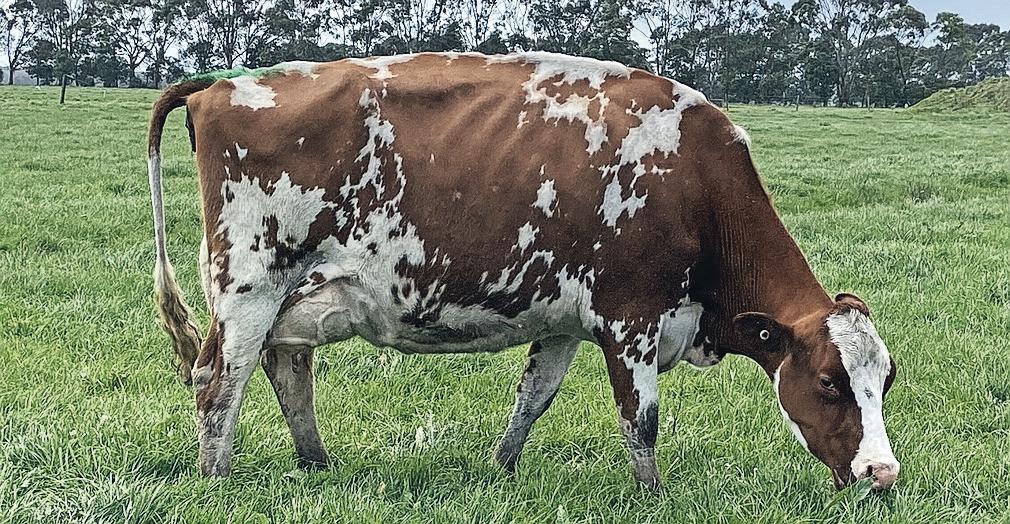
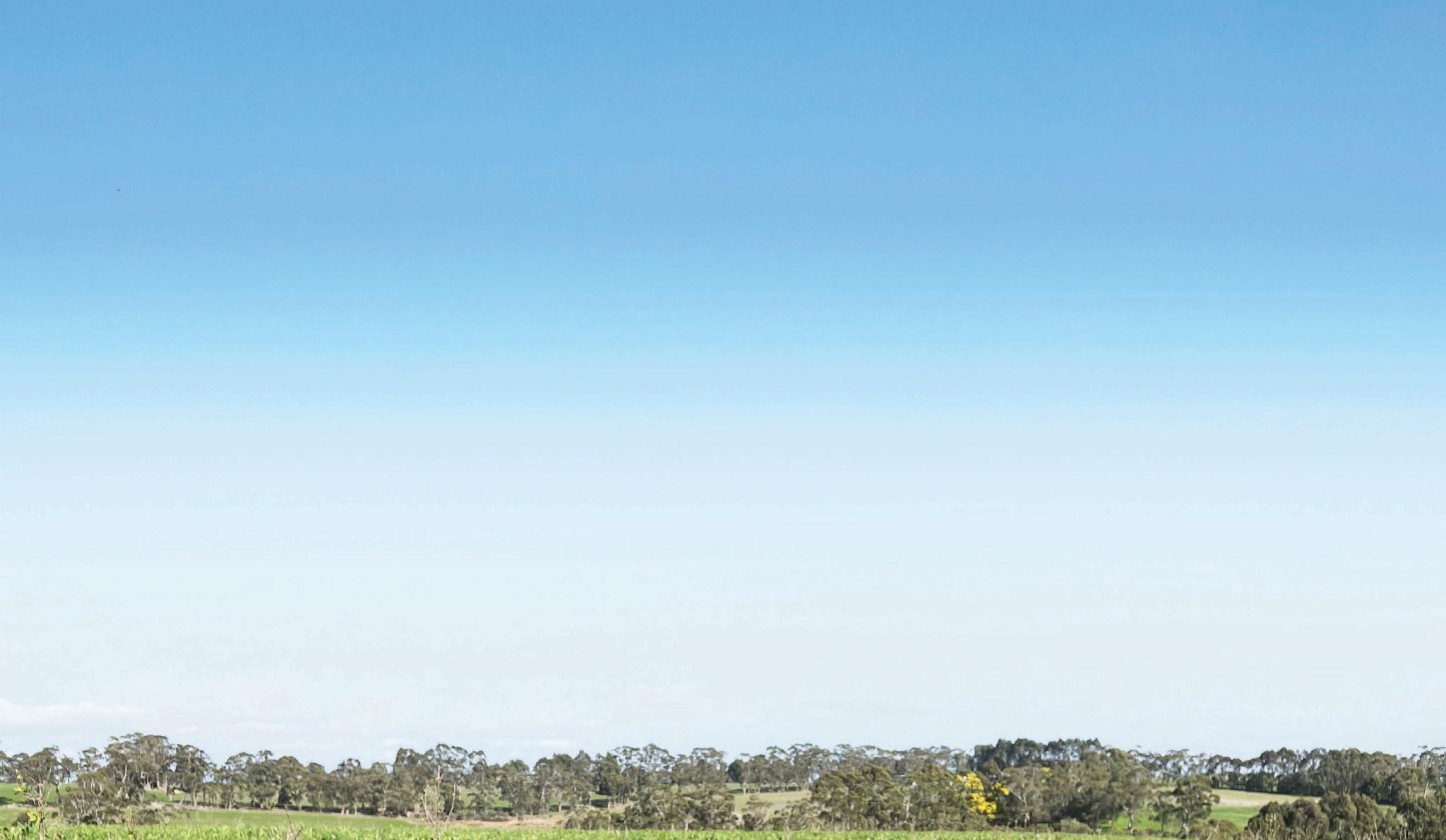
A first-ever for the Australian dairy industry, Grounds for Growth is focused on the benefits, challenges and practical farmer experiences of adopting multi-species pastures and other practices to improve soil health and function.
• Gain insights from local and international biodiversity experts.
• Hear from dairy farmers successfully using multi-species pastures and other practices.
• Visit biodiverse dairy farms in-person and by virtual tour for a showcase on the latest farm developments.
By joining this event, dairy farmers will be better equipped to make informed decisions about the right soil and pasture systems for their individual farming needs.
When: 4-6 March 2025
Where: Warrnambool, Victoria
For more information and to register interest, scan the QR code or visit dairyaustralia.com.au/groundsforgrowth.

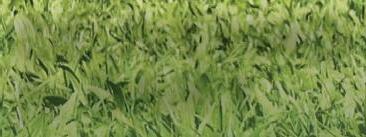
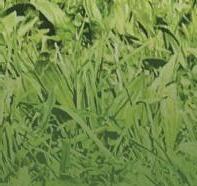


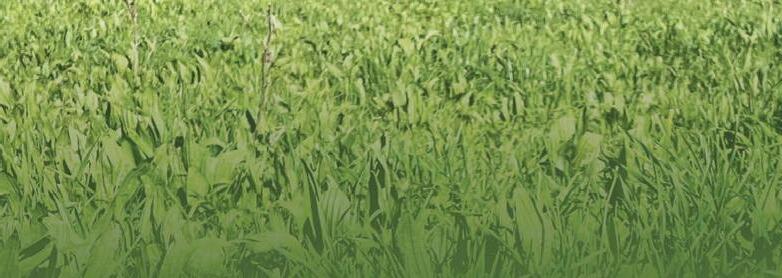
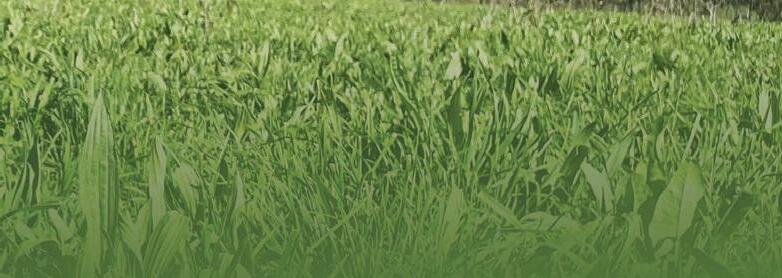

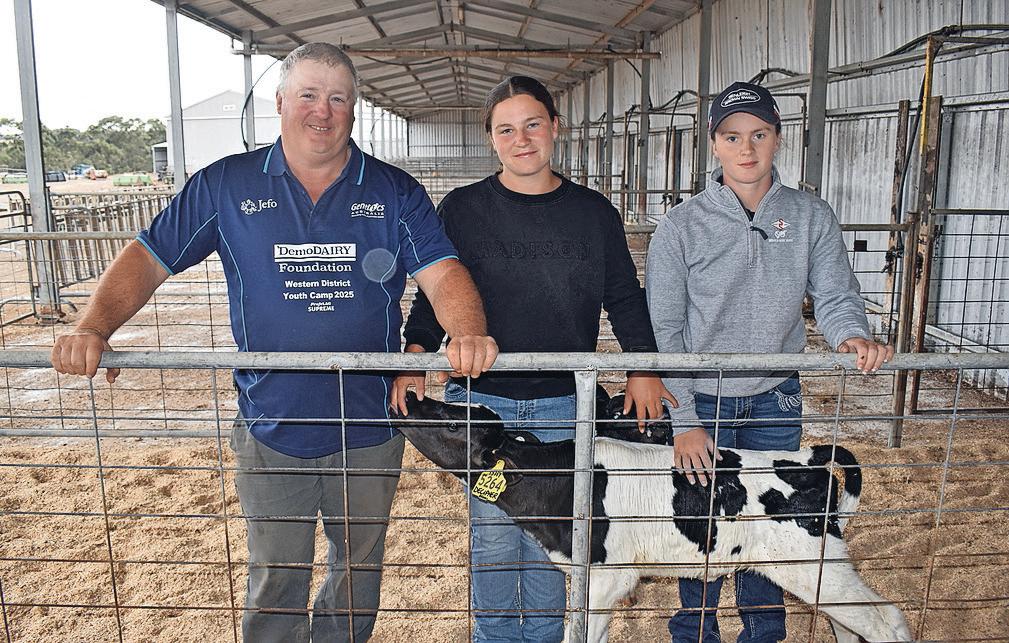

BY RICK BAYNE
BRYAN AND Jo Dickson’s Emu Banks
Holstein and Jersey herds have been at or near the top of the Australian Breeding Values for years.
But neither Bryan nor Jo professes to having any magical abilities when it comes to breeding good cows.
In fact, Bryan says he hasn’t got a particularly good eye for selecting cows.
Instead, he relies on facts and figures and says that genomics and sexed semen have proven to be the perfect combination for creating a top ABV herd.
Bryan admits he wasn’t much good at school, except when it came to maths, and excelling in that field is handy when it comes to using data for breeding.
He’s also been keen to adopt new technologies and took up genomics from near the start.
Each ABV release seems to feature Emu Banks, but Bryan said topping the lists wasn’t necessarily his goal.
“It’s nice to have the number one herd, but it’s not the end of the world either way,” he said.
“There’s no real difference between being number one or number two, as long as you’ve got reasonable cows and they’re doing well in the dairy.”
The family has been farming west of Terang since 1989 when Bryan’s parents Graeme and Shirley Dickson moved from Bacchus Marsh, taking over a 202ha dairy farm, running 240 cows.
The herd steadily increased to 420 cows during the late 90s with leases and other farms also purchased.
In 2002, a new 60-unit rotary dairy was built, and in 2003, Bryan and Jo purchased the neighbouring 121ha and began leasing the home farm from Graeme and Shirley, running the two farms as a combined unit. The herd increased to 650 by 2006 on 323ha.
In September 2009, Bryan and Jo purchased a 202ha farm at Glenfyne, where they ran 300 Holstein-Jersey crosses until selling the property in 2019.
They now own 485ha and lease a further 200, milking 950-1000 cows. The vast majority are Holsteins, but there are about 40 Jerseys and 40 Swiss, along with two Illawarras.
It was originally a mixed herd, but when they built the dairy, they often found two Jerseys fitting in one bale. After selling Glenfyne, they went out of Jerseys, but subsequently bought some back into the herd.
“We feed them better now so they fit better in the dairy,” Bryan said.
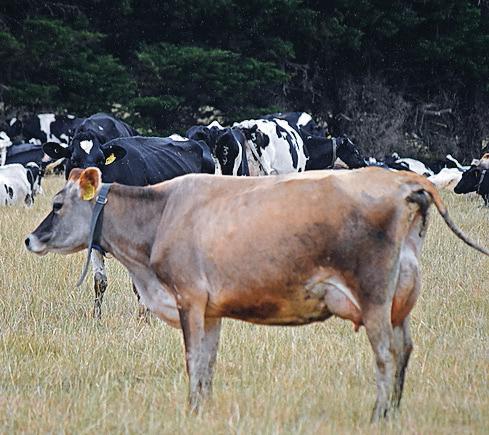
Bryan and Jo don’t know how many times Emu Banks has topped the ABVs.
“We first did it in 2015, but then we went from 700 to 1000 cows, so we dropped back for a few years,” Jo said.
“When we started, we were lucky to be in the top hundred, but we’ve been in the top 10 since 2015, and top or in the top few in recent years.”
Bryan said the successful formula was simple — using genomics and sexed semen.
“Sexed semen gives me the number of animals, genomics gives me the accuracy to pick which ones to keep,” he said.
The girls also go through the heifers and select on poor conformation.
“I know a bad cow compared to a good cow, but I couldn’t line up cows at dairy week. I have to analyse the statistics. I’m not very good at picking cows, so I like numbers.
Emu Banks started genomics in 2008.
“I was on the Genetics Australia board when I got involved in genomics,” Bryan said.
“The department was trialling it with Genetics Australia around 2008.
“There was a lot of trial and error, but it kept getting better and more accurate.”
Bryan joined the Holstein Australia board about a year ago.
In Holstein ABVs, Emu Banks is regularly number one, while in Jerseys, they are usually second to White Star Jerseys, about 15km away at Noorat.
In addition to their regular ABV successes, the family started showing cows in 2012 at the Melbourne Royal Show with immediate success, winning intermediate champion.
Emu Banks continues to perform well at regional shows.
Bryan doesn’t worry about being classed as a master breeder, an honour he says he’s unlikely to achieve because he exports and sells too many heifers.
“I’d sooner take the money,” he said.
“Exporting is part of the game to get the best cows. I only keep the best third of the heifers
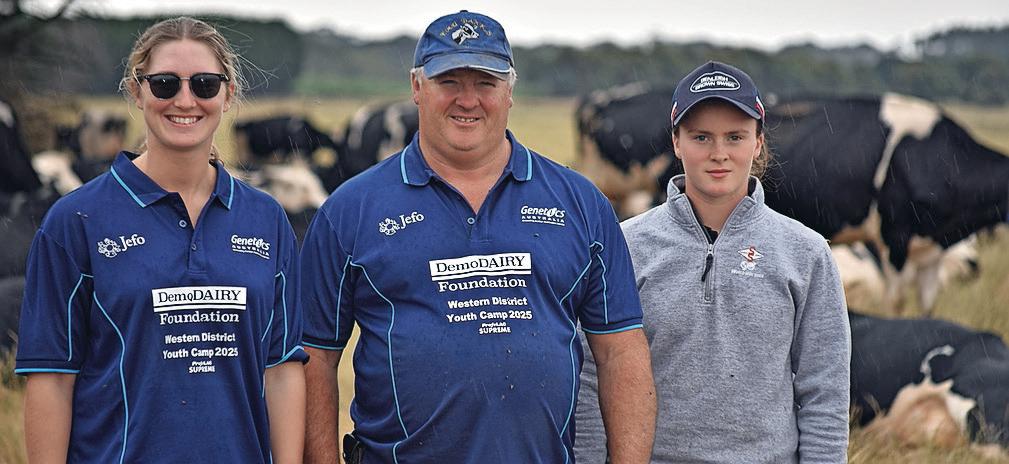
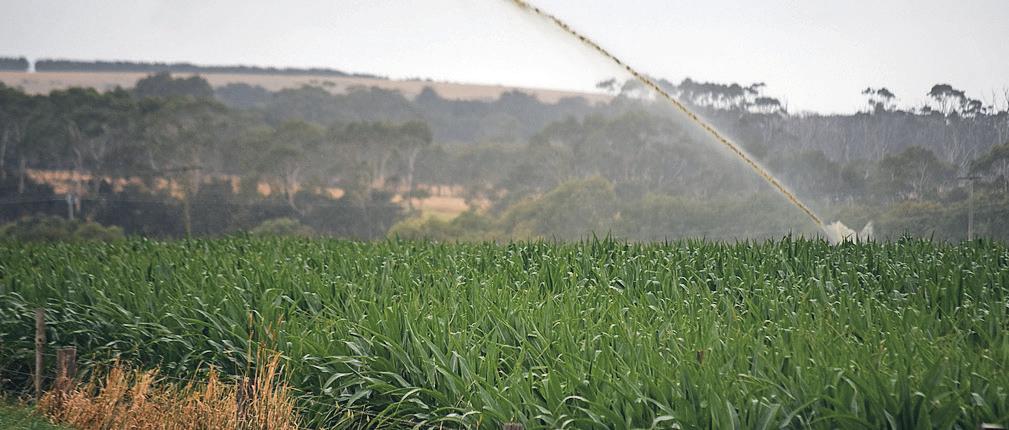
I breed. The goal was to have a good herd and that’s what we’ve got.”
Calving was traditionally in autumn, but with such a big herd, it’s now spread across the year.
For the past five years, they have used 100 per cent sexed semen.
“We keep every animal that’s born, sell bulls to AI and sell other herd bulls and all are genomically tested and registered.
“It takes time to feed 12-hour old calves properly, about 20 minutes on average, and that’s why we spread to take the pressure off.
Our biggest days might be 20 to 25, so it gives you time to properly feed them.”
Emu Banks continues to access the export market and also has a good local selling market.
In spring, the cows feed on the abundant home-grown grass, supplemented by grain, but the rest of the year they have access to a feed pad, and over summer, have a total mixed ration.
The Dicksons employ staff, expanding to eight when calving in March-April.
Their four daughters, Rachel, Jacque, Anna and Leah, help out and like the farm, but Bryan and Jo are keen for them to experience other careers before deciding if they want to pursue the business.
Bryan, 53, hasn’t milked regularly for the past two years, he helps out a couple of times a month now.
“I’ve got no interest in doing seven-days-aweek, 100-hour weeks,” he said.
“That was part of the reason for getting rid of the other farm. I used to milk a lot down there and it was hard to find staff.”
He won’t retire until their daughters are ready to consider their future options, and could look at selling or dividing the farm.
As for the basics of being a successful farmer, Bryan said it was simple — keep your costs below your income.
“We feed a lot so our costs are reasonably high, but we produce a lot,” Bryan said.
“In the early days I was low production, low cost, but with the genomics, I had really good cows and wanted them to produce more.”
They now produce about 700kg/MS and 9000 litres per cow, including the Jerseys and Swiss.
While dairying has been good to the family, Bryan said the industry could be tough.
“We can be very efficient on farm, but once our products leave our farm, it becomes extremely inefficient by world standards.”